Home>Technology>Home Entertainment Systems>Which Audio Port Connects To An External Home Theater Audio System Providing Digital Audio Output
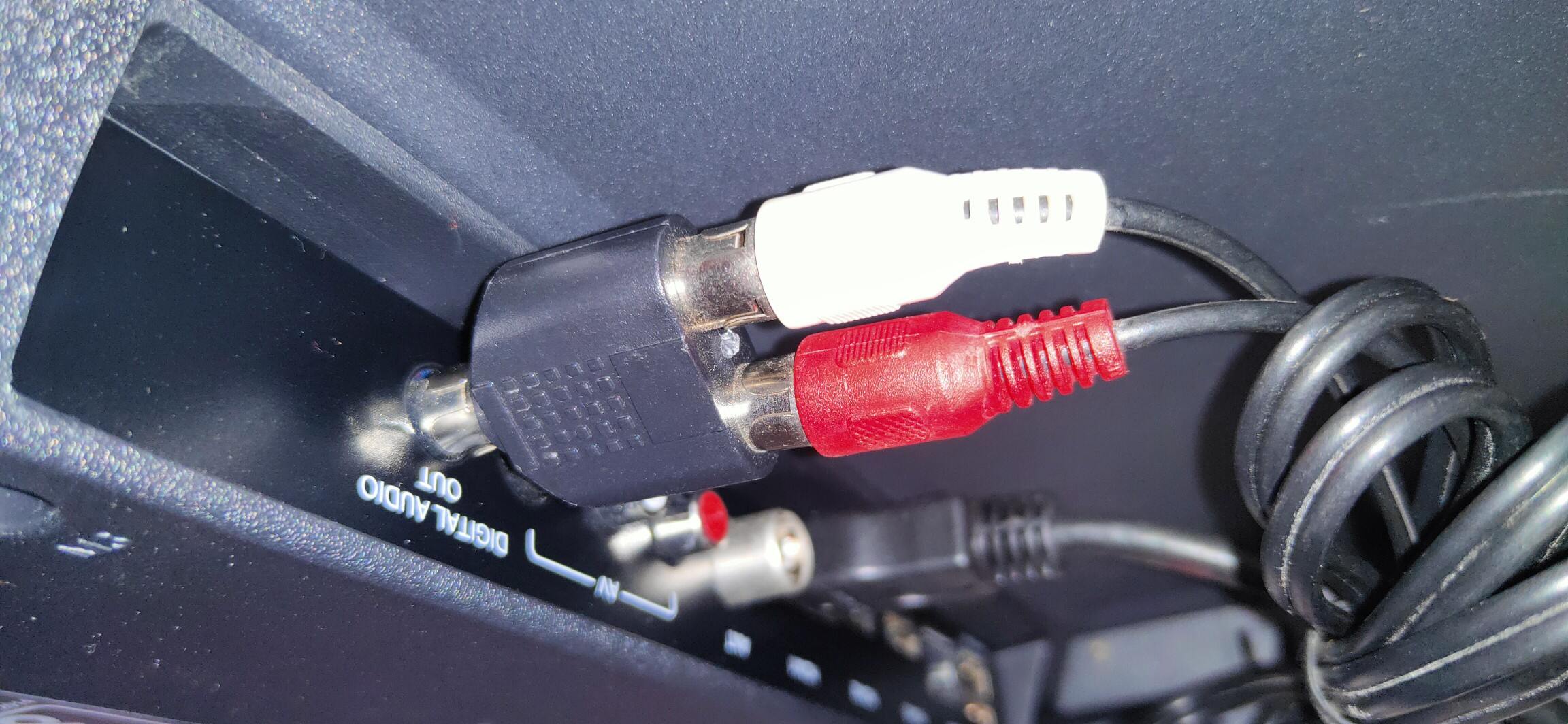

Home Entertainment Systems
Which Audio Port Connects To An External Home Theater Audio System Providing Digital Audio Output
Modified: August 16, 2024
Looking to connect your home entertainment system to an external home theater audio system for digital audio output? Learn which audio port to use for seamless integration. Ideal for home entertainment systems.
(Many of the links in this article redirect to a specific reviewed product. Your purchase of these products through affiliate links helps to generate commission for Storables.com, at no extra cost. Learn more)
Introduction
When it comes to creating an immersive home entertainment experience, audio quality plays a pivotal role. Whether you're a cinephile seeking to replicate the cinematic experience or a music enthusiast aiming to envelop yourself in rich, high-fidelity sound, the audio port connections of your home entertainment system are crucial. Understanding how to connect your audio system to your external home theater is essential for achieving the optimal audio experience.
In this comprehensive guide, we will delve into the various types of audio ports commonly found in home entertainment systems and explore how to connect them to an external home theater audio system. Additionally, we will discuss the significance of providing digital audio output for an enhanced audio experience. By the end of this article, you will have a clear understanding of the different audio port options available and how to harness their potential to elevate your home entertainment setup. Let's embark on this journey to unlock the full potential of your home audio system.
Key Takeaways:
- Choosing the right audio port, like HDMI or optical, is crucial for connecting your home entertainment system to a theater setup. It ensures top-notch sound quality and compatibility for a captivating audio experience.
- Digital audio output is essential for preserving high-quality sound and creating immersive surround sound experiences in your home theater setup. It ensures that every sonic detail is faithfully conveyed, enhancing your entertainment endeavors.
Types of Audio Ports
When it comes to connecting audio devices, understanding the different types of audio ports is essential for ensuring compatibility and optimal sound quality. Here are the most common types of audio ports found in home entertainment systems:
1. HDMI (High-Definition Multimedia Interface)
HDMI has become the standard for transmitting high-quality audio and video signals between devices. It supports both audio and video data, making it a versatile option for connecting home theater systems. With the ability to carry high-resolution audio formats such as Dolby TrueHD and DTS-HD Master Audio, HDMI has become a preferred choice for transmitting digital audio signals.
2. Optical Audio (Toslink)
Optical audio ports, also known as Toslink ports, utilize fiber optic cables to transmit digital audio signals. This method ensures interference-free transmission, making it ideal for connecting to external home theater audio systems. Optical audio ports support formats such as Dolby Digital and DTS, delivering immersive surround sound experiences.
3. RCA (Analog)
RCA audio ports, characterized by their red and white color-coding, are analog connections commonly found in home entertainment systems. While they may not support high-resolution digital audio formats, RCA ports remain relevant for connecting legacy audio devices and certain audio components of home theater systems.
4. 3.5mm Audio Jack
The 3.5mm audio jack, also known as the headphone jack, is a ubiquitous analog audio port found in various audio devices, including smartphones, laptops, and some home entertainment systems. While it may not be the primary choice for connecting external home theater audio systems, the 3.5mm audio jack serves as a convenient option for connecting portable devices to audio systems.
5. Coaxial Digital Audio
Coaxial digital audio ports transmit digital audio signals using coaxial cables. Similar to optical audio ports, coaxial digital audio connections support high-quality audio formats and are commonly used for connecting audio components within home theater systems.
Understanding the characteristics and capabilities of these audio ports is crucial for making informed decisions when connecting your home entertainment system to an external audio setup. Each type of audio port offers unique advantages and considerations, and selecting the appropriate connection method can significantly impact the overall audio performance of your home theater system.
Connecting to an External Home Theater Audio System
Connecting your home entertainment system to an external home theater audio system is a pivotal step in achieving a captivating audio experience. Whether you're aiming to harness the power of surround sound for an immersive movie night or seeking to elevate the sonic richness of your music collection, the process of establishing a seamless connection is essential. Let's explore the steps involved in connecting your home entertainment system to an external home theater audio system.
1. Identify the Audio Output Ports
Before initiating the connection process, it's crucial to identify the audio output ports available on your home entertainment system. Whether it's HDMI, optical audio, RCA, 3.5mm audio jack, or coaxial digital audio, understanding the available options will guide you in selecting the most suitable connection method for your external home theater audio system.
2. Select the Appropriate Cable
Once you've identified the audio output ports on your home entertainment system, the next step involves selecting the appropriate cable for connecting to your external home theater audio system. For digital audio transmission, HDMI and optical audio cables are popular choices due to their ability to carry high-quality audio signals without interference. If your home entertainment system features analog audio output ports, such as RCA or 3.5mm audio jacks, compatible cables can be utilized to establish the connection.
3. Establish the Connection
With the selected cable in hand, proceed to establish the physical connection between your home entertainment system and the external home theater audio system. Ensure that the cable is securely plugged into the respective audio output port on your home entertainment system and the corresponding input port on your external audio system. This step is crucial for ensuring a stable and reliable audio connection.
4. Configure Audio Settings
After physically connecting the audio systems, it's essential to configure the audio settings to optimize the audio output. Depending on the capabilities of your home entertainment system and external audio system, you may need to select the appropriate audio output format, such as Dolby Digital or DTS, to ensure compatibility and optimal sound performance.
5. Test the Audio Output
Once the connection and audio settings are configured, it's time to test the audio output. Play a familiar audio track or movie scene that showcases dynamic sound elements to evaluate the performance of the connected systems. Listen for clarity, spatial imaging, and overall audio fidelity to ensure that the connection has been successfully established and the audio systems are working in harmony.
By following these steps, you can effectively connect your home entertainment system to an external home theater audio system, unlocking the full potential of your audio setup and immersing yourself in a captivating sonic experience. Whether it's the thunderous impact of a movie's sound effects or the nuanced details of a musical composition, a well-connected home audio system can elevate your entertainment endeavors to new heights.
Providing Digital Audio Output
When it comes to delivering pristine audio quality in a home entertainment setup, the provision of digital audio output plays a pivotal role. Digital audio transmission offers several advantages, including high-fidelity sound reproduction, support for multi-channel audio formats, and immunity to analog signal degradation. Understanding the significance of providing digital audio output is essential for harnessing the full potential of your home theater system.
Digital audio output ensures that the audio signals remain in their original digital form throughout the transmission process, preserving the integrity of the audio data. This is particularly crucial for high-resolution audio formats such as Dolby TrueHD and DTS-HD Master Audio, which demand a lossless transmission path to deliver their full sonic impact. By providing digital audio output, home entertainment systems can faithfully reproduce the intricate details and spatial nuances present in modern audio content, whether it's the immersive soundscapes of a blockbuster movie or the intricate sonic textures of a symphonic performance.
Furthermore, digital audio output enables the seamless transmission of multi-channel audio formats, such as 5.1 or 7.1 surround sound, creating a captivating auditory experience that envelops the listener in a three-dimensional sonic environment. This capability is particularly relevant for home theater setups, where the spatial distribution of audio is essential for recreating the immersive soundscapes found in cinemas. Whether it's the thunderous impact of explosions in an action-packed movie or the subtle ambiance of a suspenseful thriller, digital audio output ensures that every sonic detail is faithfully conveyed to the listener.
In addition to preserving audio fidelity and supporting multi-channel formats, digital audio output offers immunity to the signal degradation commonly associated with analog transmission. Analog audio signals are susceptible to interference and degradation over long cable runs, leading to potential loss of audio quality. In contrast, digital audio signals remain immune to such issues, ensuring that the audio data reaches its destination with pristine clarity and integrity.
By embracing digital audio output in your home entertainment system, you pave the way for a truly immersive and captivating audio experience. Whether it's the seamless transmission of high-resolution audio, the faithful reproduction of multi-channel soundscapes, or the assurance of signal integrity, digital audio output serves as a cornerstone for elevating the sonic capabilities of your home theater setup. Embracing the power of digital audio transmission enables you to unlock the full potential of your audio system, immersing yourself in a world of rich, high-fidelity sound that enhances every entertainment endeavor.
Conclusion
In conclusion, the audio port connections of a home entertainment system play a crucial role in shaping the overall audio experience. By understanding the different types of audio ports, such as HDMI, optical audio, RCA, 3.5mm audio jack, and coaxial digital audio, individuals can make informed decisions when connecting their home entertainment systems to external home theater audio setups. Each type of audio port offers unique capabilities and considerations, and selecting the appropriate connection method is essential for optimizing audio performance.
Furthermore, the process of connecting a home entertainment system to an external home theater audio system involves identifying the audio output ports, selecting the appropriate cables, establishing the physical connection, configuring audio settings, and testing the audio output. By following these steps, individuals can ensure a seamless and reliable connection, unlocking the full potential of their audio setup and immersing themselves in a captivating sonic experience.
Moreover, the provision of digital audio output is paramount for delivering pristine audio quality in a home entertainment setup. Digital audio transmission preserves the integrity of audio data, supports multi-channel audio formats, and offers immunity to analog signal degradation. Embracing digital audio output enables individuals to recreate immersive soundscapes, faithfully reproduce intricate sonic details, and ensure signal integrity throughout the audio transmission process.
In essence, the effective utilization of audio port connections and the provision of digital audio output are essential for elevating the sonic capabilities of home entertainment systems. Whether it's replicating the cinematic experience at home or immersing oneself in the rich, high-fidelity sound of music, understanding and harnessing the potential of audio port connections and digital audio output are key steps toward creating an unparalleled audio experience within the comfort of one's home. By embracing these principles, individuals can unlock the full potential of their home entertainment systems, transforming their audio endeavors into captivating and immersive sonic journeys.
Frequently Asked Questions about Which Audio Port Connects To An External Home Theater Audio System Providing Digital Audio Output
Was this page helpful?
At Storables.com, we guarantee accurate and reliable information. Our content, validated by Expert Board Contributors, is crafted following stringent Editorial Policies. We're committed to providing you with well-researched, expert-backed insights for all your informational needs.
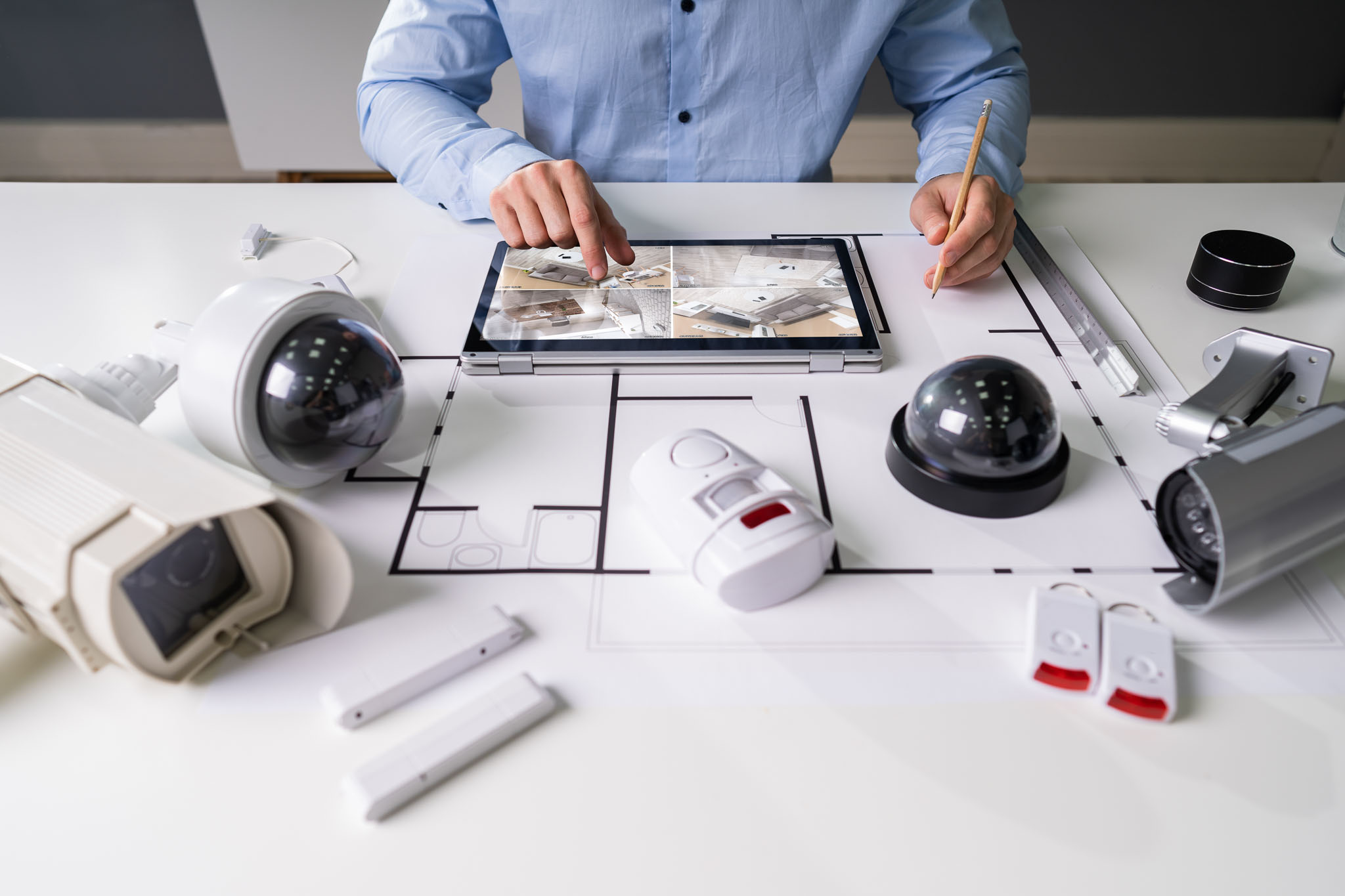
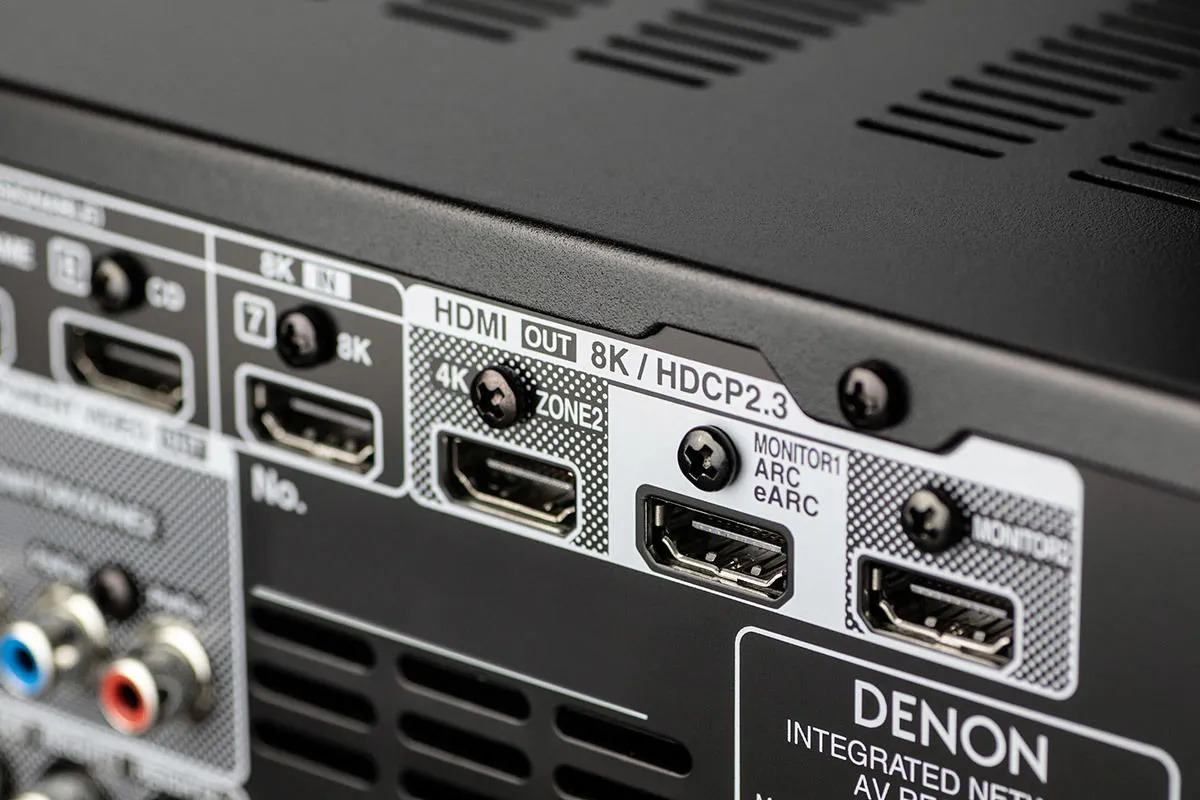
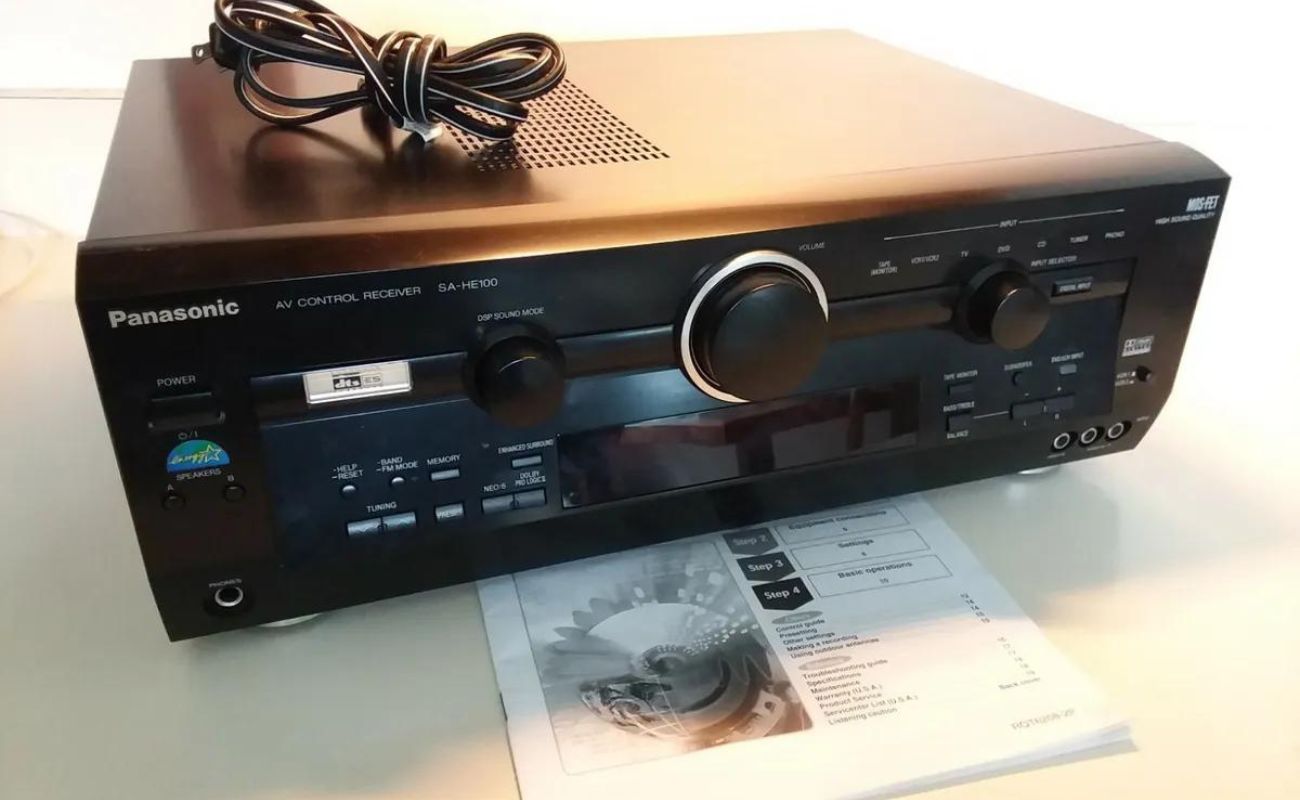
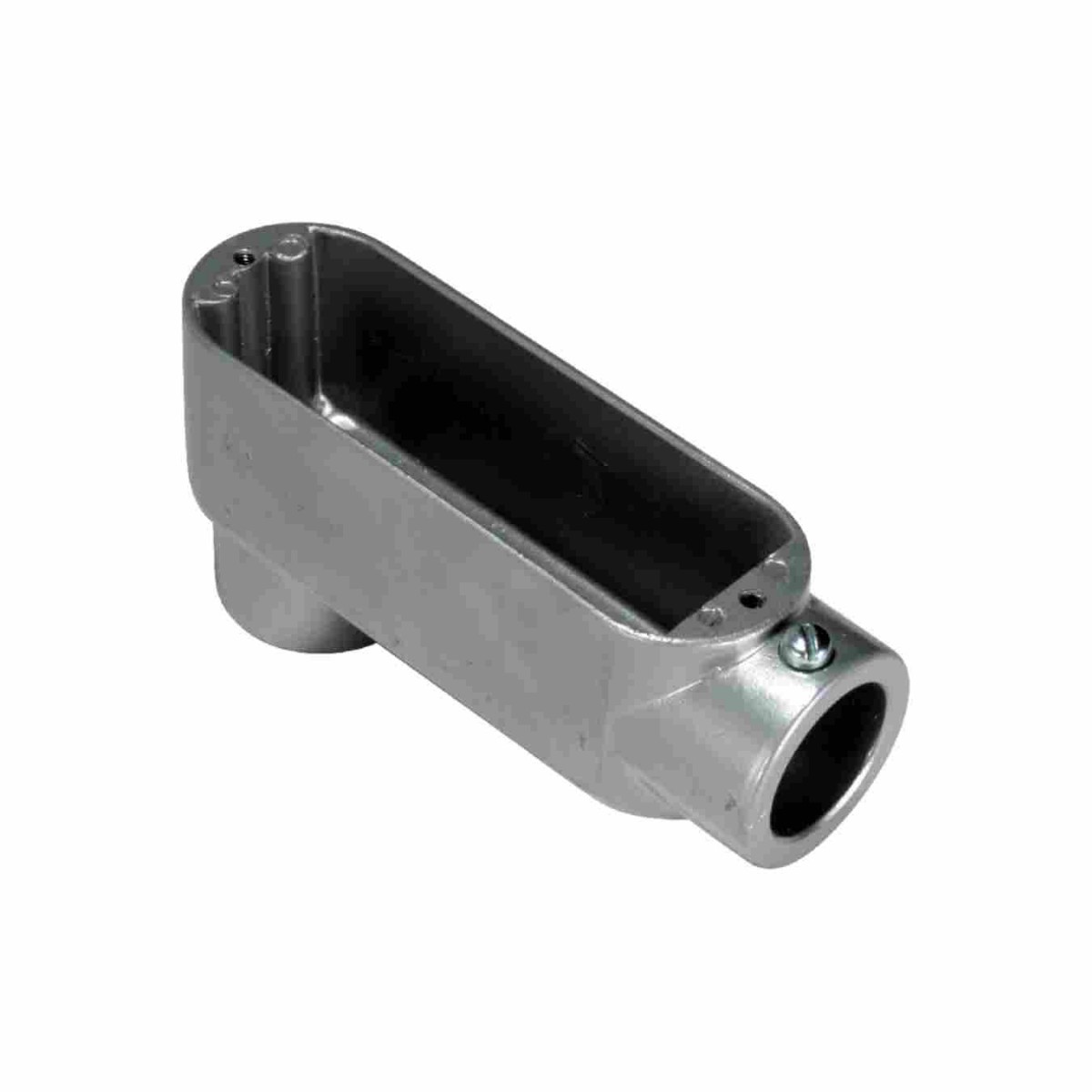
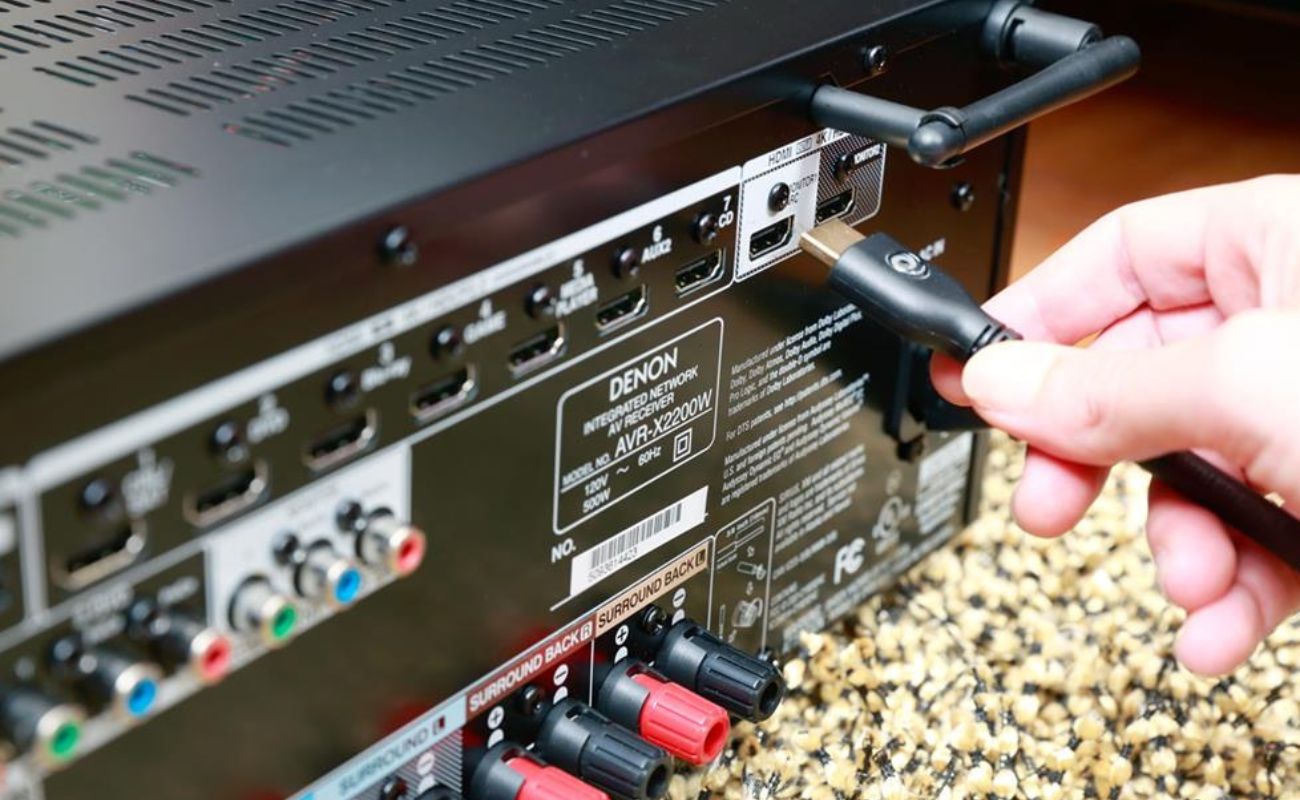
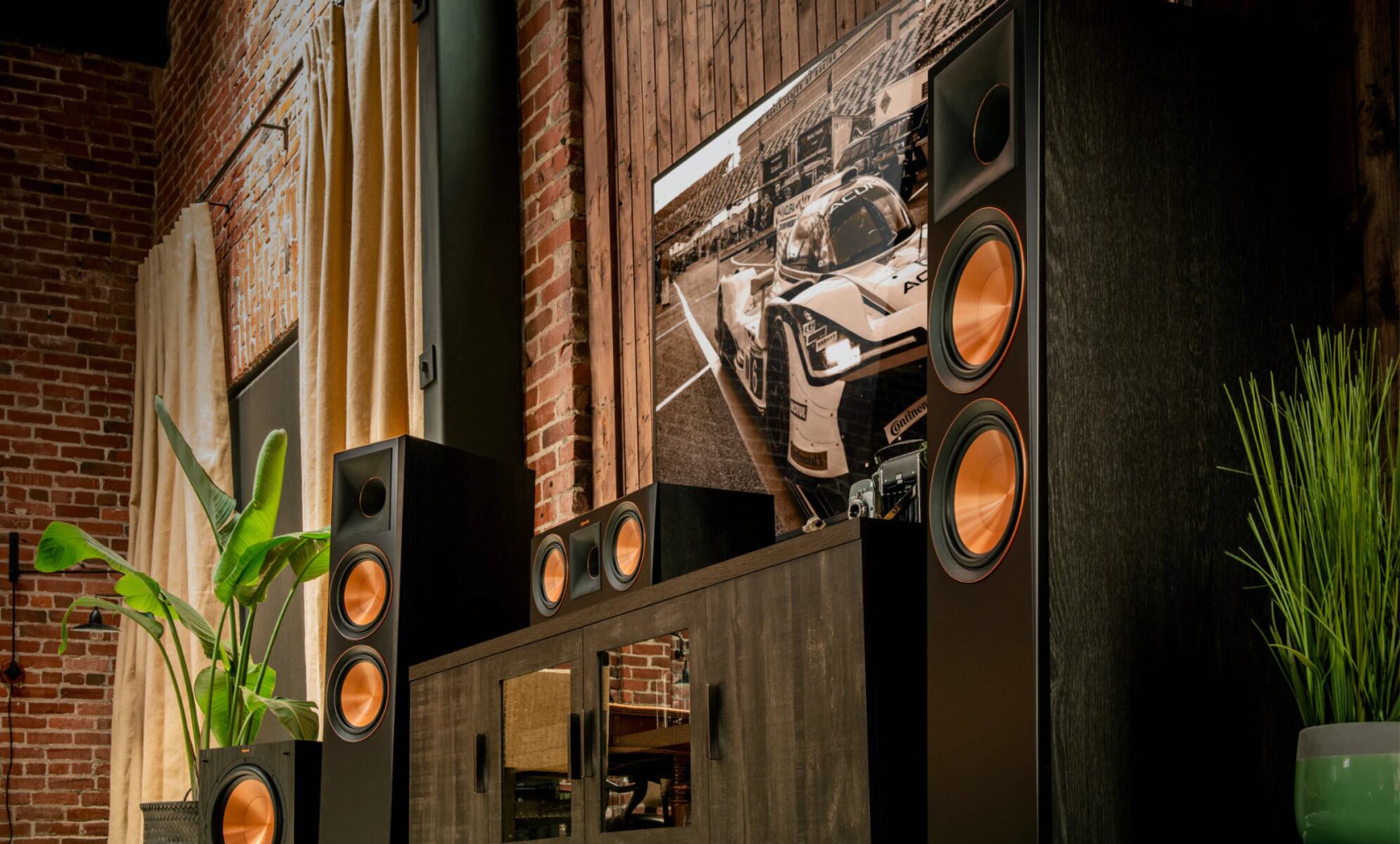

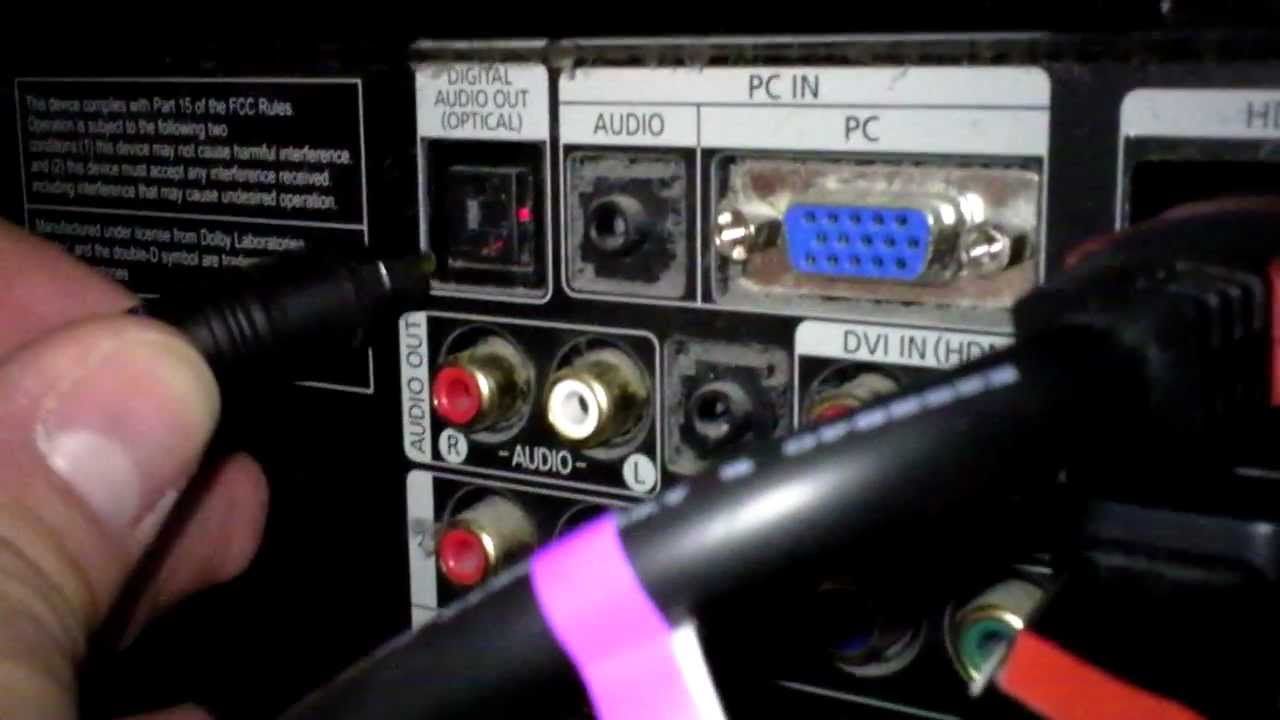
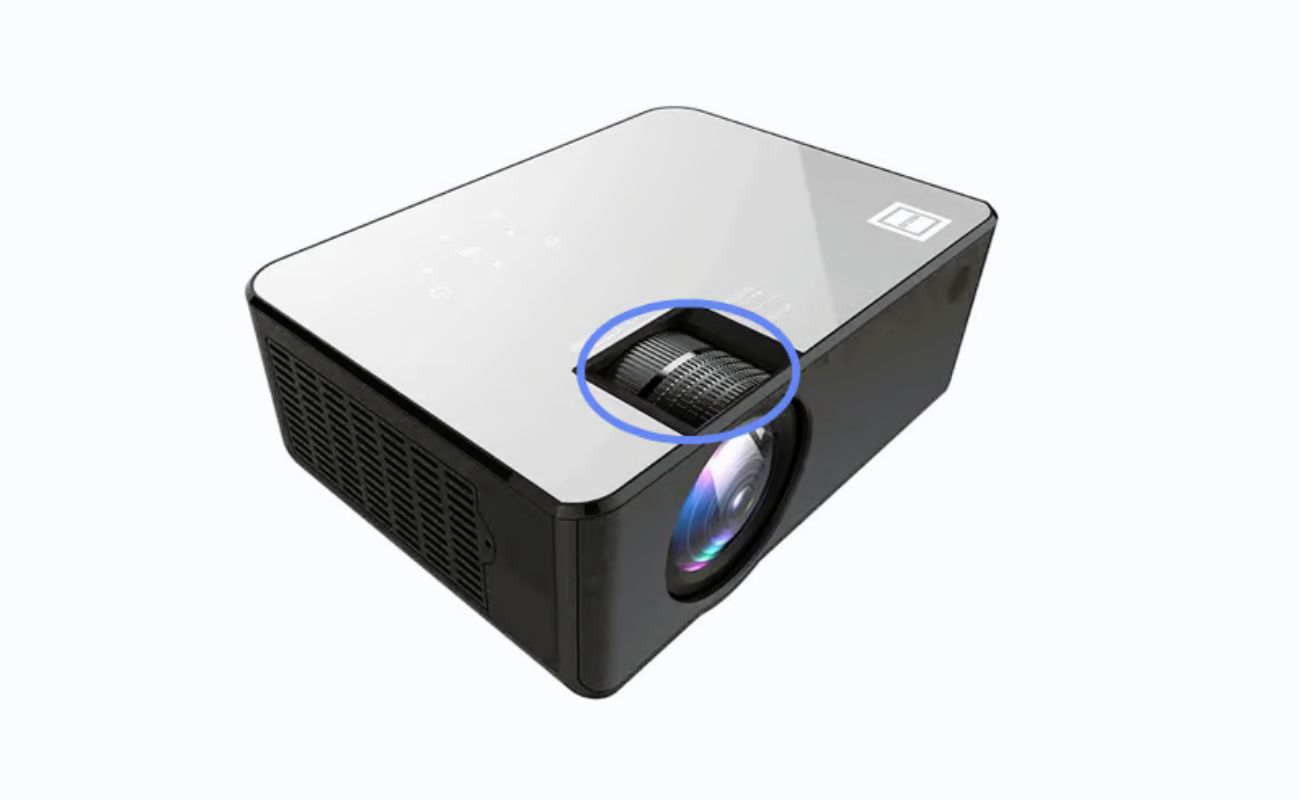
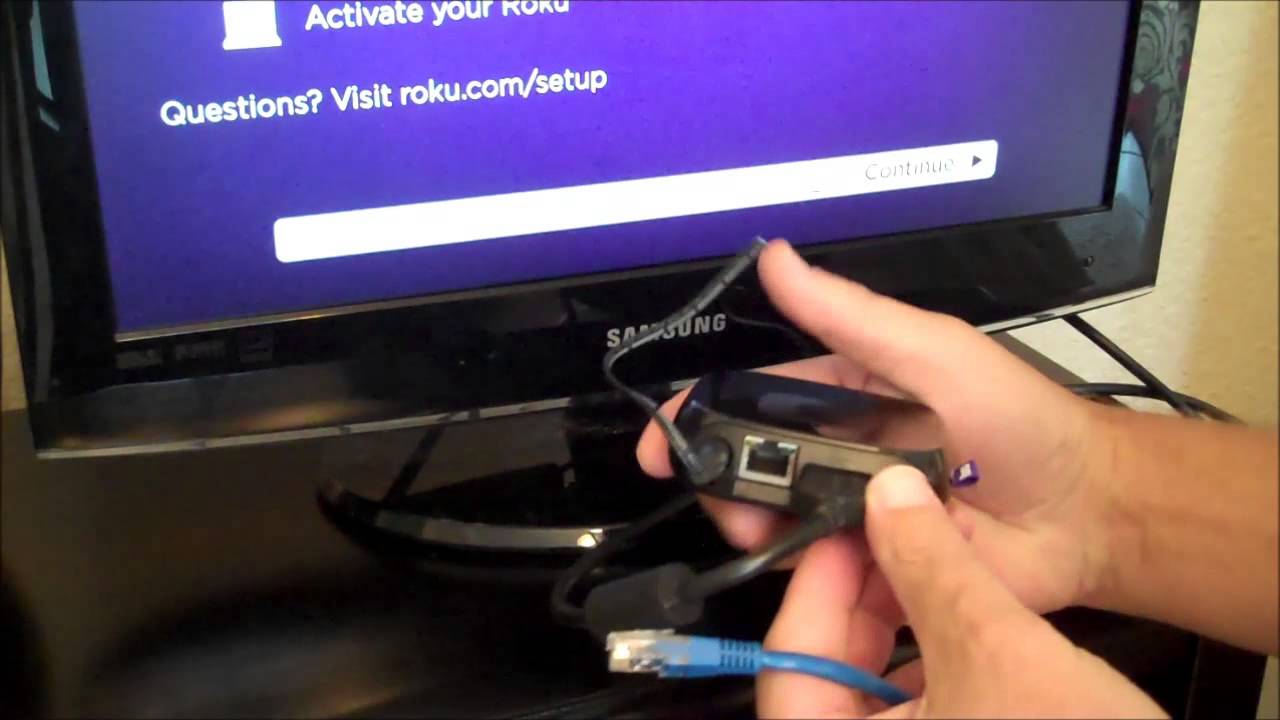
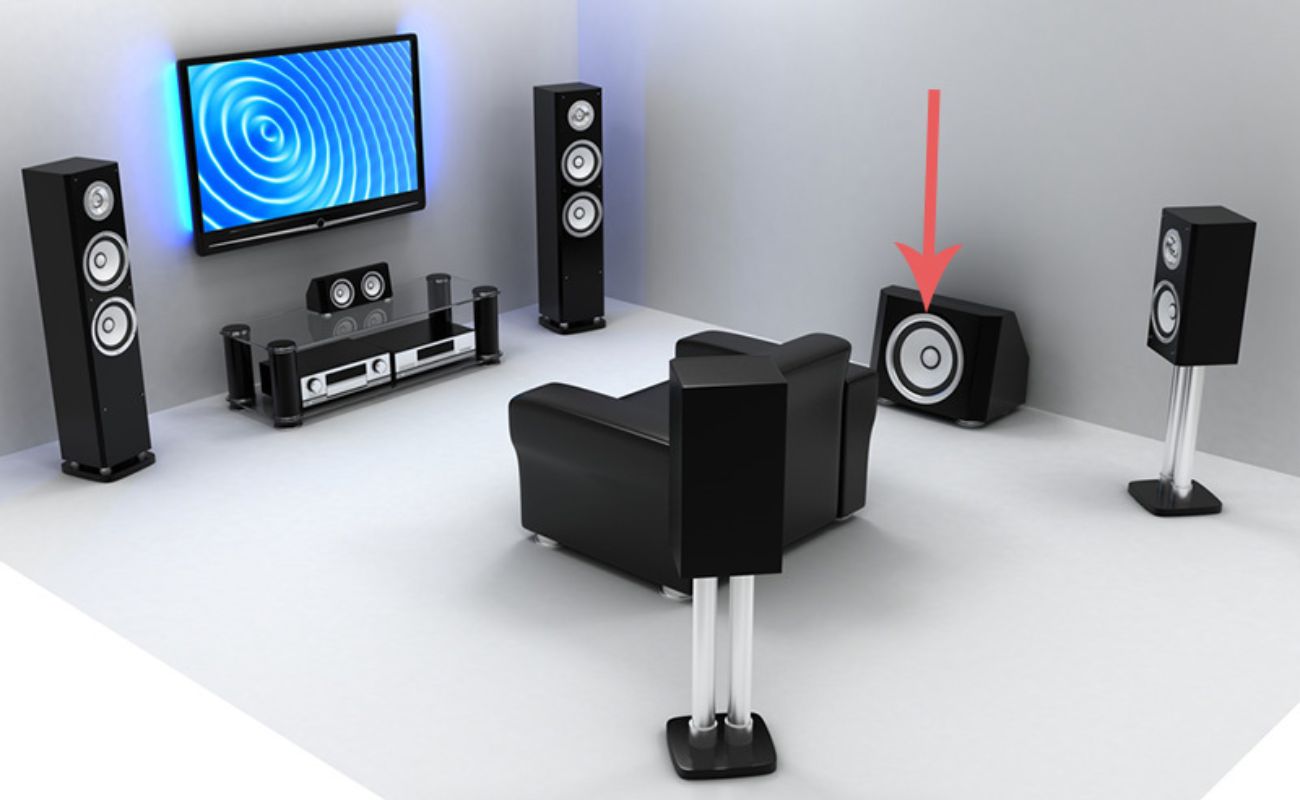
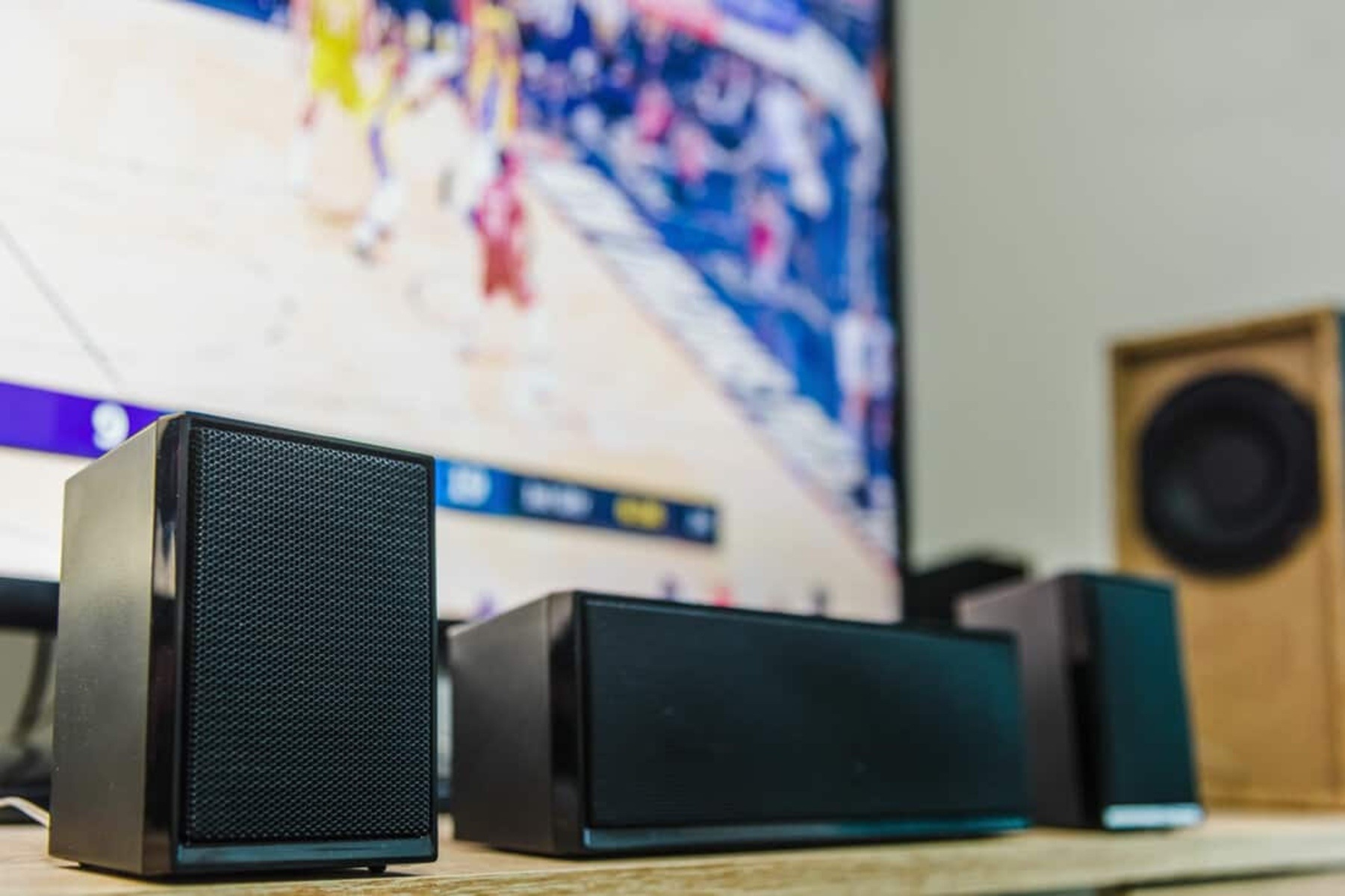

0 thoughts on “Which Audio Port Connects To An External Home Theater Audio System Providing Digital Audio Output”